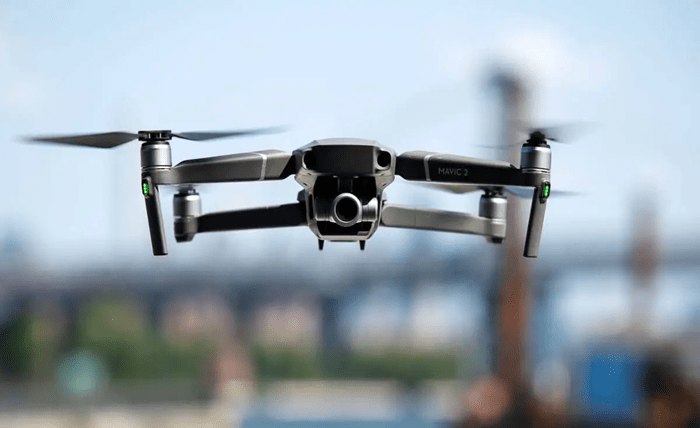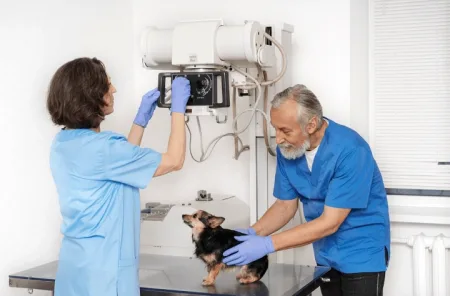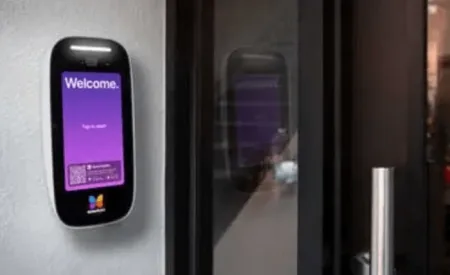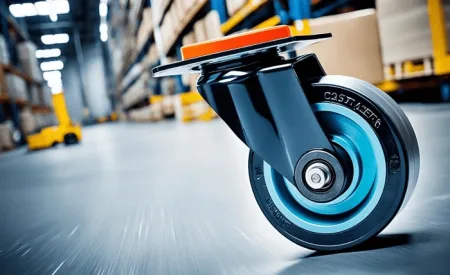Tethered drones are an emerging evolution in the field of unmanned aerial vehicles (UAVs), providing a hybrid solution that combines the versatility of free-flying drones with the sustained power supply of a grounded source. These drones are physically attached to a power source on the ground by a tether, which provides a constant stream of electricity. This enables them to remain airborne for extended periods, far beyond the capability of their battery-dependent counterparts. Tethered systems thus offer significant advantages for applications requiring prolonged air presence, such as surveillance, communications, and broadcasting.
The design of tethered drones encompasses various technological considerations to ensure stable flight while managing the physical constraints imposed by the tether. Innovations focus on lightweight, high-strength tethers that minimize drag and allow for flexibility in movement. Safety mechanisms are also integral to tethered drone systems, ensuring that they can withstand unexpected weather conditions and potential interference without posing risks to people or infrastructure below.
Tethered drone technology is increasingly sought after in scenarios that demand continuous aerial monitoring. Emergency services, event coverage, and military operations benefit from the persistent situational awareness that these drones provide while mitigating the risks of a power outage mid-flight. As industries recognize the potential for enhanced endurance and reliability, tethered drones are likely to see greater adoption, transforming how persistent aerial tasks are approached.
Fundamentals of Tethered Drones
Tethered drones are unmanned aerial vehicles (UAVs) physically connected to a ground station or vehicle through a tether. This cable provides a direct power supply and a secure data link. Unlike their free-flying counterparts, tethered drones can remain aloft for extended periods, often for several hours or even days, depending on their design and purpose.
Key Advantages:
- Endurance: Continuous power from the tether eliminates the need for battery changes.
- Stable Connection: Secure, high-bandwidth data transmission allowing for real-time communication and control.
- Safety: Reduced risk of flyaways and loss of control, enhancing operational security.
Typical Uses:
- Surveillance: Monitoring crowds, traffic, and large public events.
- Communication: Acting as aerial antennas to boost signal coverage.
- Industrial Inspections: Overseeing infrastructure, such as power lines and pipelines.
Design Considerations:
- Tether Length and Weight: Balance between operational altitude and mobility.
- Power and Data Transfer: Ensure sufficient electrical supply and bandwidth.
- Weather Resistance: Build to withstand varied environmental conditions.
Tethered drones are subject to specific regulations depending on the airspace and country of operation. Their usage necessitates careful planning and compliance with relevant aviation guidelines.
Applications of Tethered Drones
Tethered drones are unmanned aerial vehicles (UAVs) connected to a ground station or vehicle by a physical tether. This section explores their distinct applications across various fields, utilizing their unique capability for sustained flight and reliable data transmission.
Surveillance and Monitoring
Tethered drones offer a stable platform for continuous surveillance and monitoring tasks. They can provide:
- Real-time video streaming for public safety and law enforcement, aiding in crowd control and situational awareness.
- Persistent aerial views for wildlife conservation efforts, enabling tracking of animal movements and habitat use.
Telecommunications
In telecommunications, these drones function as aerial antennas. They:
- Serve as temporary network boosters during large events, where demand on cellular networks increases.
- Establish emergency communication links in disaster-hit areas where infrastructure is compromised.
Disaster Management
The deployment of tethered drones in disaster management is critical, as they:
- Facilitate live feed of disaster-struck zones to coordinate rescue operations more effectively.
- Assist in damage assessment, rapidly gathering visual data to prioritize recovery efforts.
Design Considerations for Tethered Drones
When engineering tethered drones, various aspects dictate the overall functionality and utility. They must prioritize efficient tether management, evaluate power supply options, and understand payload constraints.
Tether Management
The tether is a critical component that connects the drone to a ground or host station, providing power and, in some cases, a data connection. Effective tether management includes considerations around tensile strength, weight, and length. Tethers must be strong enough to withstand weather conditions and operational stress while being light enough not to impede flight. Moreover, the length of the tether defines the operational ceiling of the drone and must be balanced against potential hazards such as interference with aircraft and ground obstacles.
Power Supply Options
Tethered drones can leverage a variety of power supply options depending on their application:
- Continuous Power: Drones can receive continuous power from the tether, allowing for extended operational periods without the need for battery changes or recharging.
- Battery Backup: In case of a tether failure or to allow brief untethered operation, drones can be equipped with onboard batteries.
- Hybrid Systems: Some drones use a combination of tethered power and battery power to optimize flight time and maneuverability.
Payload Constraints
The payload of a tethered drone typically includes cameras, sensors, and communication devices. The tether must support the transmission of data from these devices without significant latency or loss of quality. Furthermore, the drone’s design must account for:
- Weight Limits: A heavier payload requires a stronger tether and more power, which may impact flight dynamics.
- Size and Shape: The size and shape of the payload can affect the drone’s aerodynamics and stability.
- Modularity: For versatility in different missions, the payload configuration may need to be easily changeable, requiring a modular design approach.
Regulatory and Safety Aspects
Understanding the regulatory and safety aspects is crucial for the operation of tethered drones, which are subject to specific rules and risk considerations.
FAA Regulations
The Federal Aviation Administration (FAA) categorizes tethered drones as Unmanned Aircraft Systems (UAS), and they must adhere to Part 107 regulations. This includes the requirement that operators must be certified remote pilots or under direct supervision of one. Tethered drones must also be registered if they weigh more than 0.55 pounds (250 grams).
- Remote Pilot Certification: Must pass an aeronautical knowledge test.
- Drone Registration: For drones weighing over 0.55 lbs.
Risk Assessments
Risk assessment for tethered drones involves evaluating both the drone and tether system.
- Drone Examination: Check for mechanical integrity and proper functioning.
- Tether Inspection: Ensure the tether’s strength and that it is free from wear or damage.
Operational Limitations
Tethered drones are subject to operational constraints to ensure safety and compliance. They typically must operate:
- Altitude: Within 400 feet of the ground or a structure.
- Visibility: Always within the Visual Line of Sight (VLOS) of the operator.
- Daylight: Operations are generally allowed during daylight hours, though waivers for nighttime operation can be granted by the FAA.
Technological Advances
Tethered drone technologies have seen significant improvements in recent years, particularly in the areas of battery life, materials, and autonomous functionalities.
Battery Technologies
Advancements in battery technologies have substantially increased the endurance of tethered drones. Lithium-polymer batteries offer a higher energy density which translates to longer flight times. Moreover, research into solid-state batteries could yield improvements in safety and further extend operational durations.
Tether Materials
The development of new tether materials has played a crucial role in extending the operational range and durability of tethered drones. Manufacturers are using lightweight, high-strength materials such as Kevlar and ultra-high-molecular-weight polyethylene (UHMWPE) to reduce strain and allow for greater altitudes and payload capacities.
Autonomous Control Systems
Improvements in autonomous control systems have enhanced the capabilities of tethered drones. These systems use sophisticated algorithms and sensors for stable flight patterns, precise positioning, and automated responses to environmental changes. As a result, they require less human intervention and can adapt more effectively to varied mission requirements.
Market Trends and Future Outlook
The global demand for tethered drones has shown a consistent upward trajectory. These devices are being utilized for a range of applications, including surveillance, telecommunications, and weather monitoring. Key market drivers include technological advancements, the need for persistent aerial coverage, and rising security concerns.
The tethered drone market is segmented into defense, commercial, and governmental sectors. The defense sector currently leads in market share due to its large-scale use in surveillance.
Market forecasts predict a compound annual growth rate (CAGR) of approximately 20% over the next five years as well as increased investment in research and development, leading to innovations in flight duration and payload capacity.
In terms of regional market share, North America has been dominant due to its technological readiness and substantial defense budgets, followed closely by Europe and the Asia-Pacific region. The Asia-Pacific region is expected to see rapid growth due to increasing security needs and economic development. Key challenges include regulatory hurdles affecting deployment and limitations in battery technology affecting endurance.



